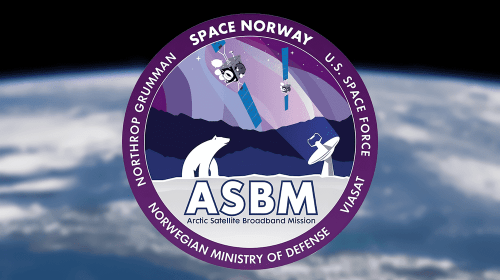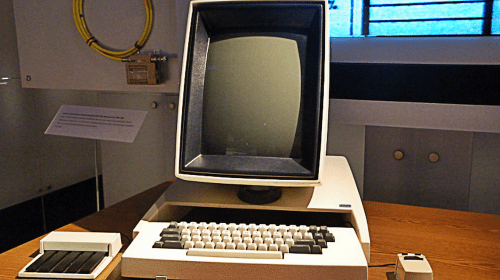Oct 24, 2017
On June 2 of this year, EUTELSAT 172B was launched. Four months later, the satellite has reached its working orbit. This is a rather long time between launch and operational orbit. Why did it take so long to get there, and was it worth it?
EUTELSAT 172B is the first Eurostar E3000 all-electric satellite platform to be deployed. What makes this satellite different is that it relies entirely on electric thrusters. Electricity provides the thrust to climb from its original orbit, into its final slot over the equator. European Space Agency (ESA) projects led to new technologies deployed on this satellite, including fully articulated thruster arms.
Technical Advantages
ESA propulsion specialists claim that electric propulsion is an order of magnitude more efficient as compared with standard chemical propulsion for satellites. Solar panels provide the energy to electrically charge propellant, and accelerate it, a process in which far more energy is produced from gaseous propellant. There are a couple benefits to this new technology.
First, satellites can be lighter, and thus be launched on smaller launchers. Alternatively, maintaining the same mass as chemically propelled satellites, means the bird can support more revenue-earning payload (transponders) rather than eating up mass with heavy and bulky propellant tanks. The trade-off is the reason it took four months to get the satellite fully deployed, following launch. All-electric satellites, operate by using low-thrust, firing continuously, so as to accelerate slowly but steadily over time.
The platform for EUTELSAT 172B has some special innovations developed as a result of the ESA’s Advanced Research in Telecommunications Systems program, along with support from France’s Centre National d ‘etudes Spatiales (CNES) space agency. While the electric platform has been in service since 2015, the E3000 has a brand new addition. Satellites normally have thrusters at the corners of the satellite, however the E3000 has 3 meter long, three-jointed arms, each carrying thrusters on the end. This permits the thrusters to be moved freely about the body of the satellite.
With firmly positioned thrusters at the corners, it is more difficult to fire them precisely so as to achieve the desired orbit, and “orbital station-keeping.” Station-keeping is all about keeping a geosynchronous satellite, such as EUTELSAT 172B in a specific location, so that fixed antennas on the ground, can align to it. Although “Geo” satellites are held in place by earth’s gravity, there are still gravitational tugs on the satellite from the sun and moon, which can cause the satellite to drift out of position. Station-keeping is the task of keeping the satellite in place, and the more efficiently that can be performed, the longer the life of the satellite, in most cases. Having flexible arms, means the thrusters can be more accurately aligned with the satellite’s center of gravity, which results in more efficient operation, thus saving propellant and adding to the mission life of the satellite. In addition this flexibility allows the thrusters to be manipulated around antennas and solar wings, which might otherwise be affected by thruster plumes generated by fixed thrusters at the corners.
To prevent electric noise from getting back inside the satellite, the thrusters operate on high voltage, which is fed by lower voltage inputs from the rest of the satellite, preventing electromagnetic interference.
The ESA deserves credit for game-changing electric propulsion, following more than two decades of development and collaboration with various European national agencies and companies. EUTELSAT 172B is a critical step to boost Europe’s competitiveness in the space industry.





